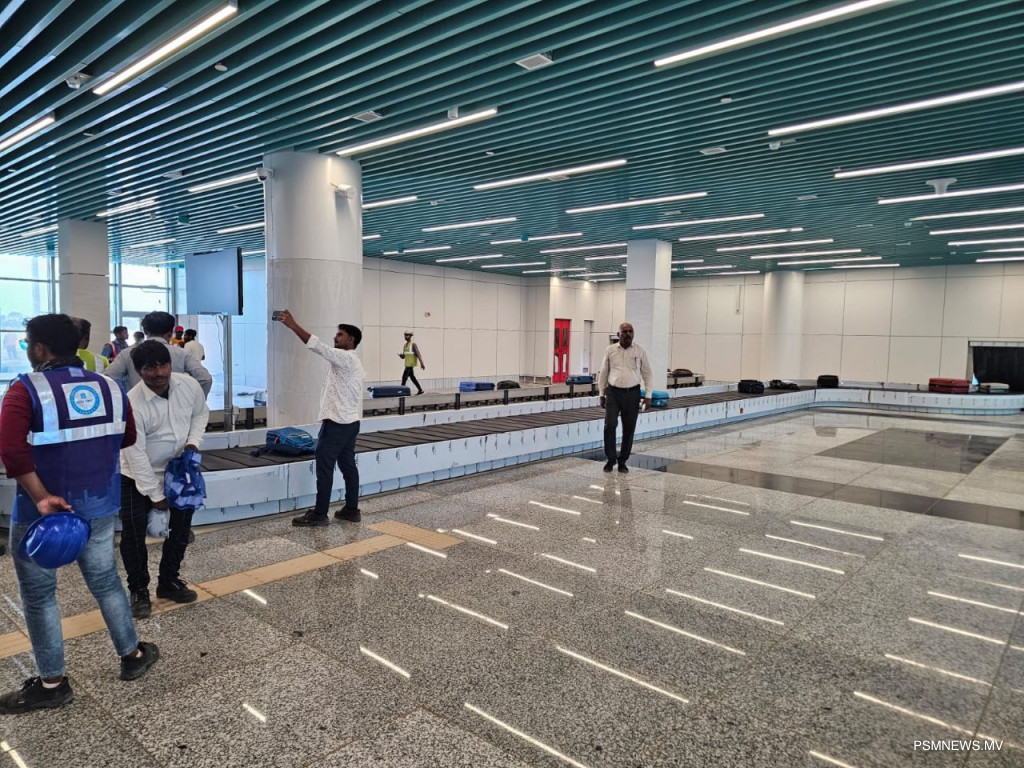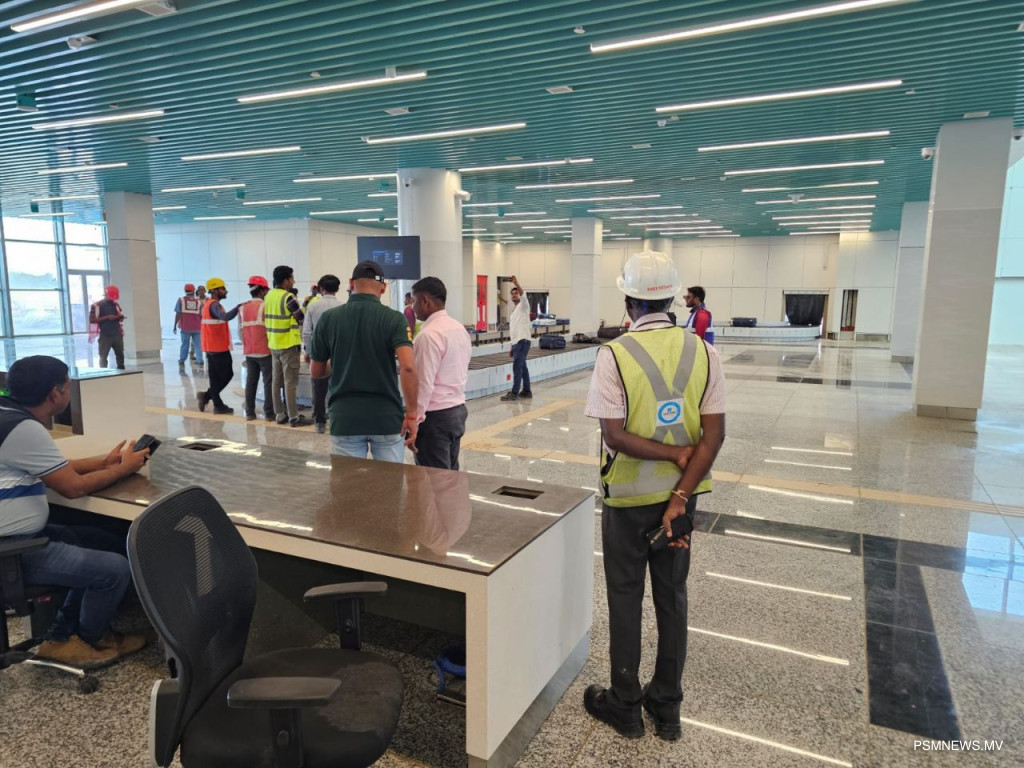
Operations of Hanimaadhoo International Airport have been successfully transferred to the newly constructed passenger terminal, marking a pivotal advancement in northern aviation infrastructure, Maldives Airports Company Ltd. (MACL) has revealed. The transition represents a critical phase in the airport’s modernisation programme, ahead of its official inauguration scheduled for November.
MACL confirmed the successful relocation of services from the former terminal to the new facility, following the completion of the Operational Readiness and Airport Transfer (ORAT) process. The terminal is now fully operational for both arriving and departing passengers, with MACL reporting that trial procedures were executed without incident.
The move was carried out in accordance with directives issued by the Civil Aviation Authority (CAA), which require the removal of the previous terminal structure and any elevated installations near the runway. This clearance is essential to facilitate the safe landing of Code C aircraft, including the Boeing 737 and Airbus A320.
With the new terminal in place, Hanimaadhoo International Airport now features a 2,465-metre runway designed to accommodate larger aircraft. The technical upgrade significantly enhances the airport’s capacity and operational scope.


Once fully activated, the facility is expected to handle up to 1.3 million tourists annually. A notable addition is the installation of an aerobridge, making Hanimaadhoo the only airport in the country, aside from Velana International Airport, to offer this feature.
The development project, valued at USD 136.6 million, was awarded to India-based JMC Projects Ltd. Construction began in January 2023, representing a major infrastructural investment in the northern region.
In preparation for the formal opening, MACL is undertaking a series of finalisation measures. These include calibrating equipment, refining service protocols, and training personnel to meet operational demands. A central focus remains on ensuring full compliance with international aviation standards and national regulatory frameworks.
